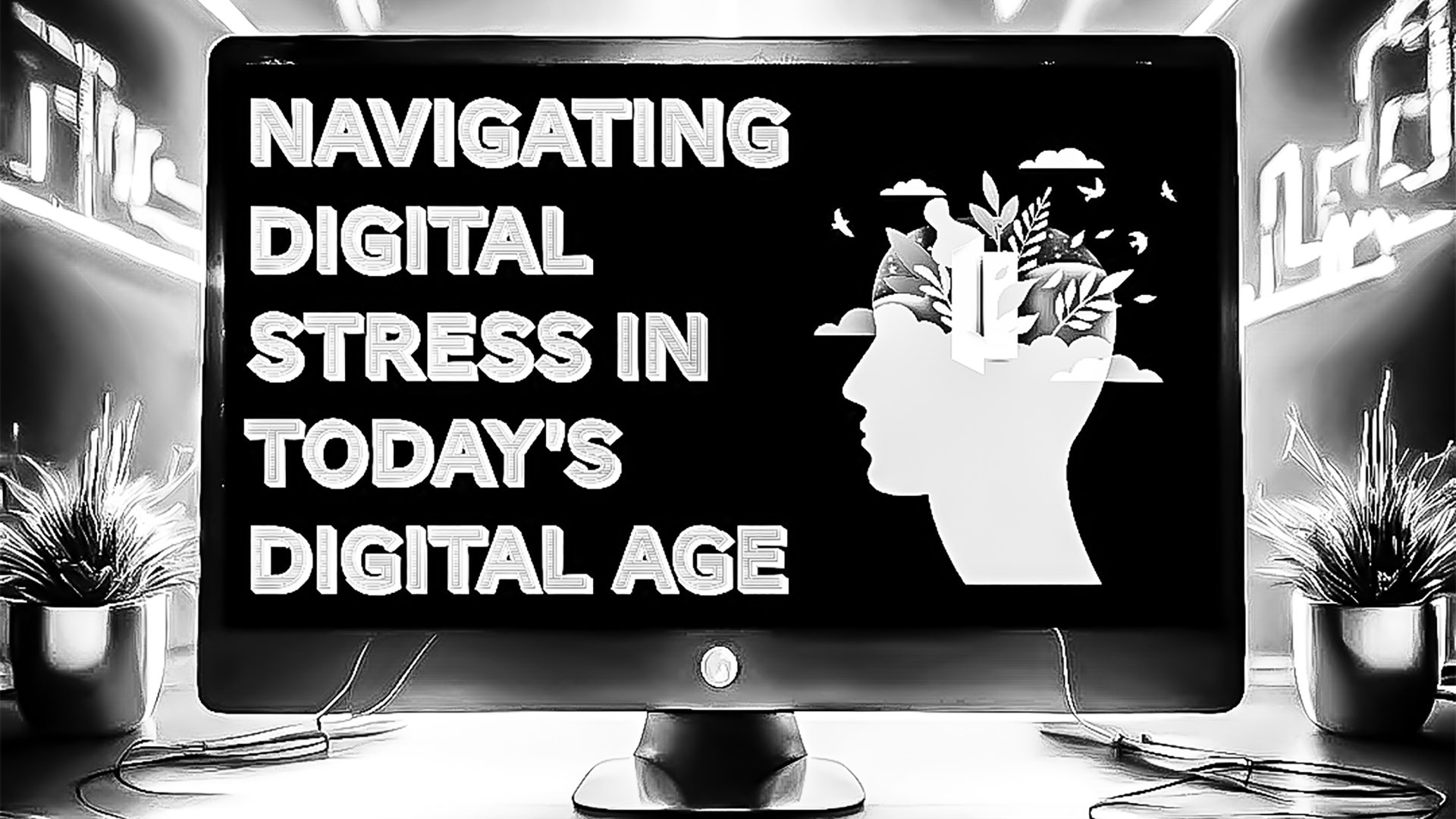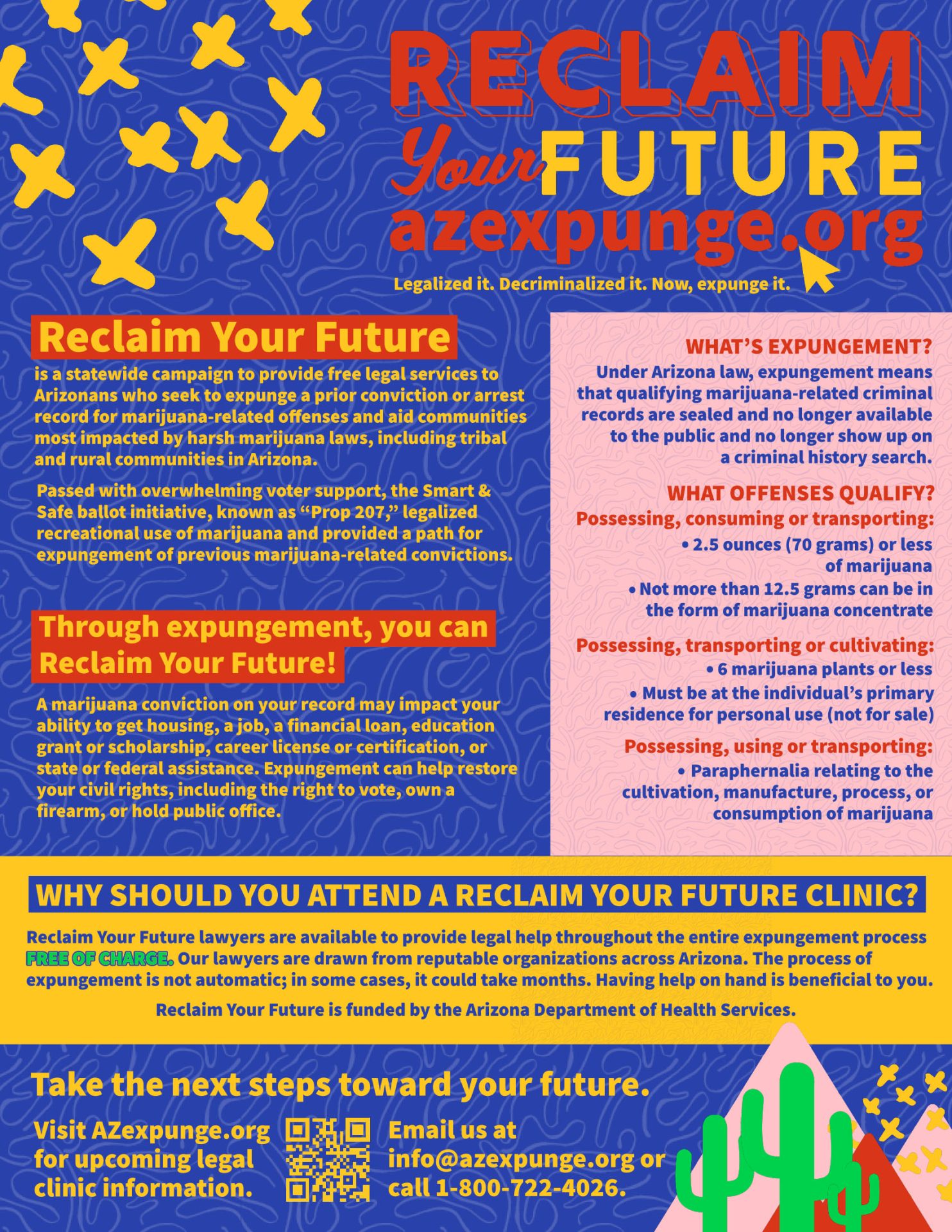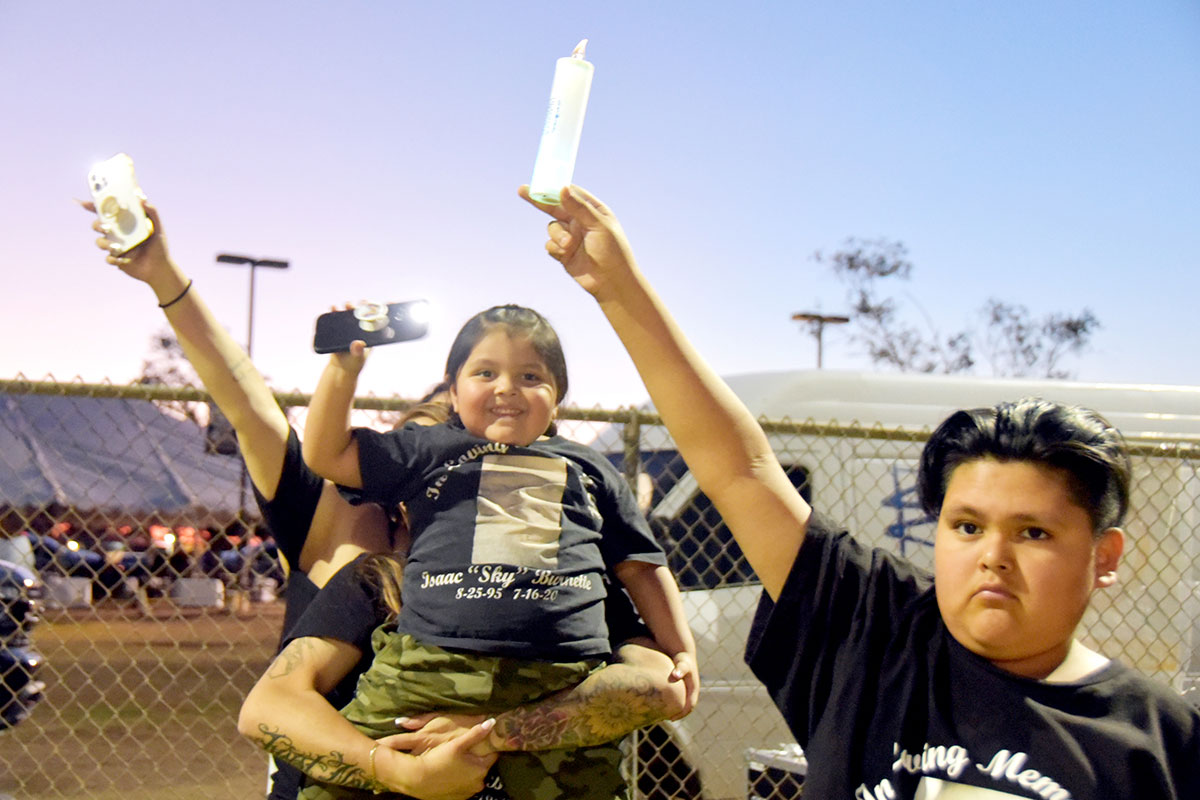VIEWS: 921
April 10, 2025Navigating Digital Stress in Today’s Digital Age
For quite some time now, the Salt River Pima-Maricopa Indian Community’s Department of Health and Human Service Prevention and Intervention Service webinars have seen a gradual increase of attendees.
When you look at it one way, the continued growth of the webinar class sizes can be possibly attributed to the variety of subjects the health educators facilitate. Previous classes have covered topics such as gratitude, combating holiday stress, helpful tips for parents as their children begin to date, among other topics.
The March 11 webinar, presented by SRPMIC Health Educator Melanie Nosie, LMSW, was about the subject of digital stress. Nearly 100 individuals, comprised of Community members and staff, attended the presentation.
“Digital stress can be a broad statement because there are many things we can learn about it, which include mental and physical health,” began Nosie. “There’s so much technology, we have it at our fingertips. Our smart phones, tablets, nooks, apple watches, we have technology around us constantly. We can become overwhelmed.”
It was during the introductions that one of the attendees mentioned that many individuals, including themselves, use their cell phones as their alarms in the morning. Nosie stated that this can attribute to additional digital stress for an individual. What would be a good alternative to cell phone alarm? Since so many people rely on it, individuals might consider utilizing non-digital options for their morning alarms.
“We’re constantly processing information on our devices and watches. Our brains are processing information, and too much contributes to addiction and stress,” said Nosie.
Digital stress is caused by information overload. Our brain is constantly reading and processing information. This is especially true when a person works a desk job and utilizes a computer. Nosie reiterated that information overload causes stress and can result in a person shutting down and isolating. “It can be too much,” she said.
Additionally, social media can add to a person’s digital stress. Comparing yourself to others can lead to feelings of inadequacy and increased feelings of shame and guilt. Because we are all responsible for our own individual well-being, it was suggested that individuals should limit their time on social media.
However, that may be easier said than done.
While Nosie researched the topic of digital stress for her presentation, she uncovered a stat that surprised her. “On average, we unlock our cell phones 85 times a day,” she said. “It’s probably even more, it depends on the person. The average person spends five hours a day on their phone.”
Furthermore, the digital age has now affected areas outside of cell phones and tablets, such as grocery stores. “When I go to a store and they ask me if I have an account with them [for rewards points], I tell usually them I don’t know, because we’re retaining so much info and it’s easy to dismiss it and say whatever.”
The constant need of remembering passwords, usernames, phone numbers and other online elements attributes to the anxieties of digital stress.
To help ease the harms of digital stress, Nosie suggested implementing mindfulness while using technology. Some ways to do so include utilizing mindful breathing exercises, limiting screen time, going for walks, avoiding “doomscrolling,” using time management apps, rediscovering hobbies, spending time outdoors and more.
The term, ‘doomscrolling,’ is excessively browsing the internet while searching for small surges of serotonin, a neurotransmitter and hormone located in the body which regulates mood, sleep, appetite, digestion and more.
As the webinar presentation neared its conclusion, Nosie recalled how quickly technology advanced. “I remember watching television shows in the 1980’s and the car phones they had back then looked super cool,” she said. “
“Today, we have cell phones, and we can do any and everything on them. We have access to technology around the clock, sometimes too much for our own good. It’s important to remember we have to take care of ourselves first.”







